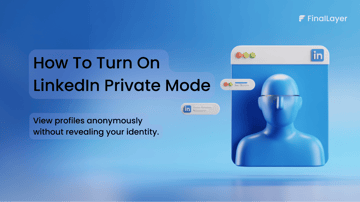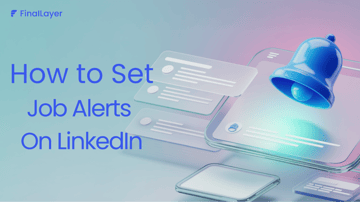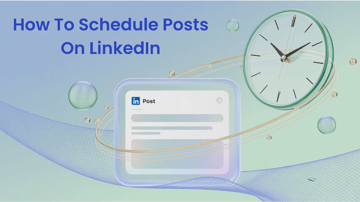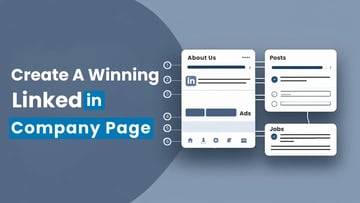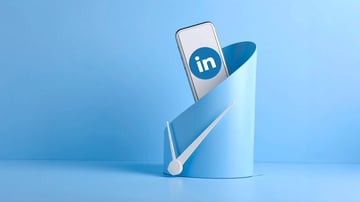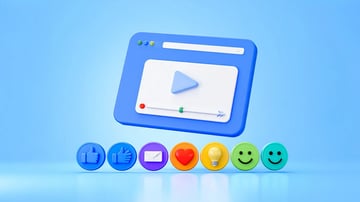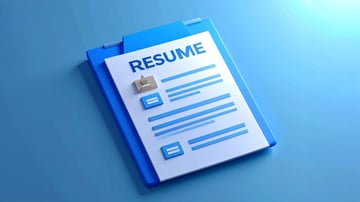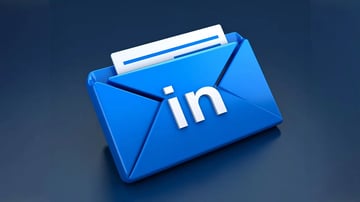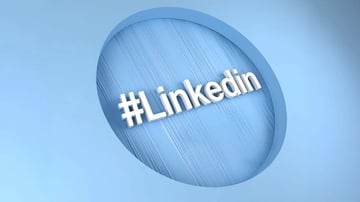Coming up with LinkedIn post ideas and writing content feels easy until you actually sit down to post. You stare at the empty box, your mind goes blank, and suddenly, everything you wanted to say doesn’t feel “LinkedIn-worthy.”
The truth is: great LinkedIn content doesn’t require genius ideas; it requires clarity, consistency, and knowing what type of posts actually work.
Whether you're a student, job seeker, professional, founder, creator, or someone just trying to stay active, you’ll eventually hit a day when you have no idea what to write.
This guide permanently solves the ‘what to post on LinkedIn’ problem.” Below, you’ll find the best LinkedIn post ideas, organized into categories you approved, a perfect mix of personal, professional, educational, story-driven, and engagement-friendly content. Use these ideas anytime you feel stuck, uninspired, or unsure what to post on LinkedIn.
LinkedIn Post Ideas (Sorted By Category)
A. Personal Stories (High Engagement Guaranteed)
People connect with human moments and honesty.
- A challenge you recently overcame
- The best mistake you ever made
- A failure that taught you more than success
- A turning point in your career
- An experience that shaped your values
- A “this time last year” reflection
- A behind-the-scenes moment people rarely see
- An unexpected compliment or criticism that stayed with you
- A moment when you almost quit but didn’t
- A story about something that changed how you think or work
B. Professional Insights (Show Your Expertise)
Great for building authority.
- The biggest trend in your field right now
- A misunderstood concept in your industry
- Three things every beginner should know
- A common myth you want to debunk
- One skill that helped you level up
- A “then vs now” comparison in your field
- Something in your industry that frustrates you
- A bold prediction you believe will happen
- An overlooked tool or technique that professionals should use
- An unpopular opinion from your niche
C. Lessons, Tips & Frameworks (High Saves + Shares)
Educational content always performs well.
- A framework you rely on
- A step-by-step process that beginners can follow
- A checklist for a daily or weekly workflow
- Three mistakes people make in their profession
- Five things you wish you’d learned earlier
- A simple tip that instantly improves results
- Your go-to productivity system
- What you learned from a mentor
- Something you optimized that made a big difference
- A quick breakdown of a complex concept
D. Relatable “Human” Posts (Lightweight but Powerful)
These create an emotional connection.
- Something you’re struggling with right now
- A bad work habit you’re unlearning
- A moment you felt stuck
- Your honest thoughts about burnout
- A misconception people have about your job
- A “hot take” about workplace culture
- Something that made you smile today
- A small win that meant a lot
- A thank-you to someone who helped you
- An observation about people, teams, or leadership
E. Career Growth & Work-Life Posts
Universal topics = massive reach.
- How you switched careers
- What you learned from your first job
- Advice you’d give your younger self
- A résumé or interview lesson you discovered
- A time you took a risk that paid off
- The most valuable lesson from a past manager
- A decision that changed your career direction
- What makes someone genuinely good at their job
- A moment you realized your work matters
- Your philosophy for doing great work
F. Tool, AI & Resource Posts (Highly Shareable)
People save these for later.
- Your top 5 favorite work tools
- A tool you recently discovered
- A productivity trick that saves you hours
- AI tools that simplify your workflow
- Resources you wish existed earlier
- A template you created that others can use
- Your favorite industry newsletters or creators
- Time-saving tips everyone should know
- A mini-tutorial on a tool you love
- An underrated tool people should try
G. Trends, Thought Leadership & Opinion Posts
Strong for positioning yourself as a thinker.
- A current trend you agree or disagree with
- Your opinion on a popular debate
- Something the industry needs to stop doing
- Something the industry needs to start doing
- A controversial question to spark comments
H. Engagement-Friendly Posts (Comment Boosters)
Guaranteed algorithm-friendly content.
- “What’s one lesson you learned recently?”
- “Hot take: _____. Agree or disagree?”
- “What’s a skill everyone should learn?”
- “What advice would you give someone starting out?”
- Poll: “What do you struggle with the most?”
- “What’s one thing you’d change about your industry?”
I. For Beginners (Easy, Low-Pressure Post Ideas)
Perfect when you don’t know what to post.
- Share something you learned today
- Share a takeaway from a book, podcast, or video
- Share a recent challenge
- Share a simple tip someone told you
- Share your goals for the month
- Share a workflow that works for you
- Share a mistake you learned from
- Share what motivates you
J. Transformation & Growth Posts
Progress always attracts attention.
- A “before vs after” transformation
- Skills you improved
- A habit you changed
- A workflow you optimized
K. High-Value, Practical Content
Great for authority + saves.
- “5 Things I Wish I Knew Earlier” (career, freelancing, productivity, networking, branding)
- An unpopular opinion that sparks healthy debate
- A mistake you made and what it taught you
- Break down a recent trend into 3–5 points
- Share a useful script or template
- A mini case study (Situation → Action → Result → Takeaway)
L. Behind-the-Scenes & Work Process Posts
People love to see how others work.
- A day in your professional life
- How you research
- How you write
- How you design
- How do you plan your day
M. Wins, Resources & Highlights
Simple but effective.
- Celebrate a small win
- Share a resource list (newsletters, tools, podcasts)
- Share your yearly or monthly goals
- Share something new you recently learned
N. Community, Mentorship & Storytelling Posts
Warm + relationship-building.
100. Highlight someone else’s work
101. Share a mentor’s advice
102. Share a story from your first job
103. Share a story from an internship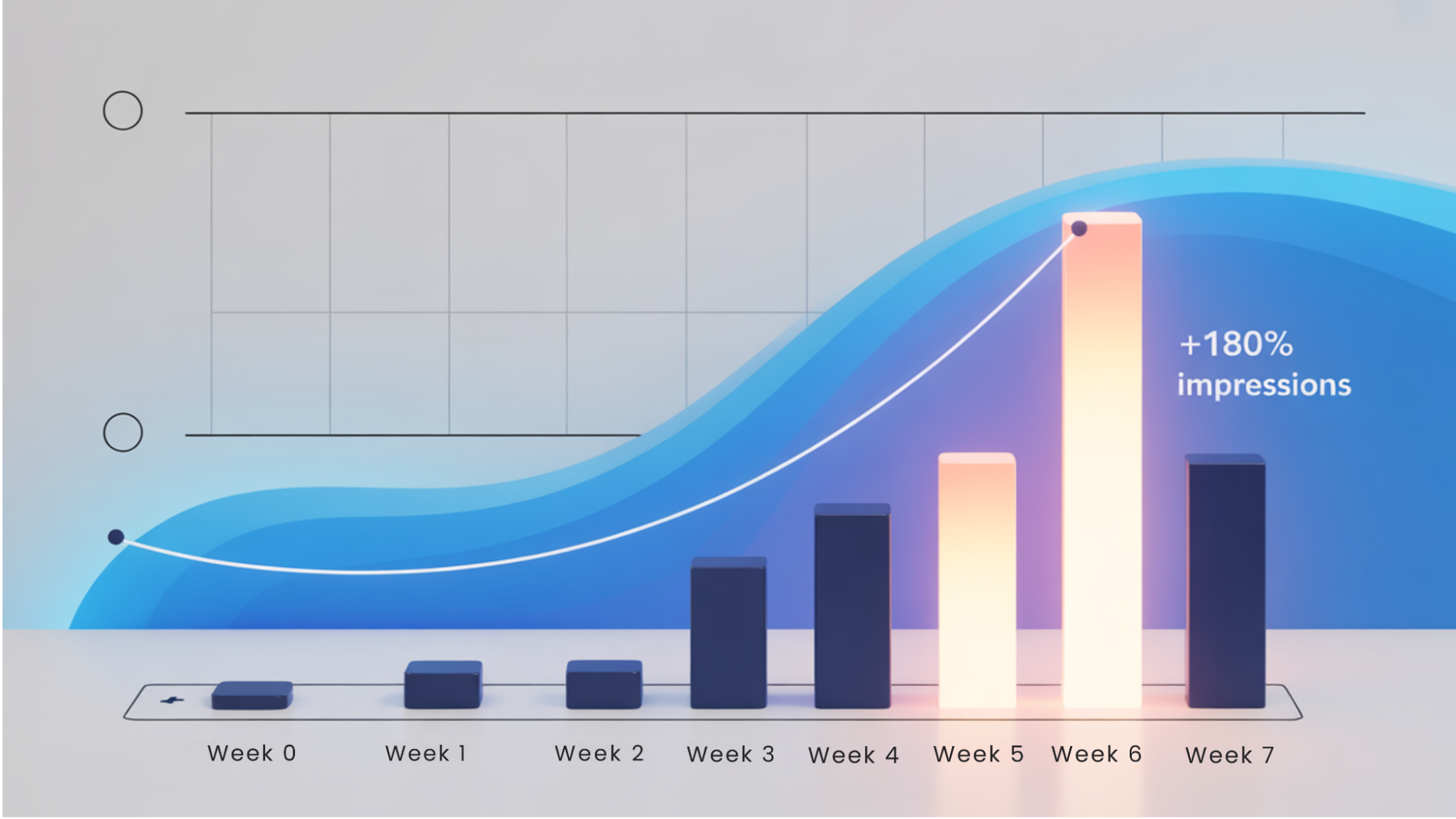
What Not to Post on LinkedIn (If You Want to Grow Faster)
Knowing what to post on LinkedIn is important, but knowing what to avoid is just as crucial. A lot of people struggle on LinkedIn, not because their ideas are bad, but because they unknowingly publish content that damages credibility, confuses their audience, or gets buried by the LinkedIn algorithm. Here’s what you should stay away from if you want your posts to attract the right kind of attention
1. Overly Generic Motivational Quotes
If your post looks like something copied from Pinterest, it won’t stand out. Safe rule: If it doesn’t include your story, your voice, or your experience, skip it.
2. Content With No Point or No Takeaway
Rambling updates, vague reflections, and story-without-a-message posts lose attention fast. Every post should answer: What’s the takeaway for the reader?
3. Spammy “Engagement Bait” Posts
Examples:
- “Comment ‘YES’ if you agree.”
- “Let’s connect! Drop your profile.”
- Polls for the sake of polls.
The algorithm now actively suppresses these.
4. Extremely Personal Information
LinkedIn isn’t the place for intimate life details, emotional venting, or overly private confessions.
Personal ≠ private. Share stories, not overshares.
5. Irrelevant Viral Trends
Not every trend belongs on LinkedIn.
If it doesn’t connect to your work, industry, expertise, or personal brand, skip it.
6. Political, Religious, or Controversial Hot Takes
These divide audiences instantly and damage your professional reputation.
Unless your niche requires commentary on these topics, avoid them.
7. Posts Complaining About Your Job, Boss, Company, or Coworkers
Even if you hide names, people still make assumptions, and recruiters will notice.
Negativity doesn’t build a strong professional image.
8. AI-Generated Posts With No Editing
Posting raw AI output without adding your own insights makes your content feel generic and low-effort. AI should support your voice, not replace it.
9. Sales Pitches With No Value
“Buy this,” “Sign up now,” or “Check out my offer” doesn’t work unless you’ve built trust first.
Educate → Build trust → Then promote.
10. Posting Just for the Sake of Posting
Consistency is important, but forced content hurts you more than skipping a day.
Quality > frequency, always.
Create Better LinkedIn Posts Effortlessly
Coming up with LinkedIn post Ideas and content is hard, and maintaining consistency is even harder.
FinalLayer helps you turn ideas into polished, engaging LinkedIn posts in seconds, in your tone, your style, your voice. It also finds trending topics, researches your niche, and gives you fresh post ideas every day so you never run out of content again.
Whether you’re stuck, starting out, or scaling your presence, FinalLayer gives you the tools to post with confidence every single day.
Final Thoughts
LinkedIn rewards clarity, intention, and consistency. When you understand the different types of posts you can create, showing up becomes much easier and far less overwhelming. The goal is not to chase perfection but to express your ideas, experiences, and observations in a way that feels natural to you. Each post you share strengthens your voice, expands your visibility, and builds trust with the people who follow you. Over time, these small efforts shape a strong professional presence that attracts opportunities, relationships, and meaningful conversations. Keep experimenting, keep sharing, and allow your content to evolve with your career and your confidence.




